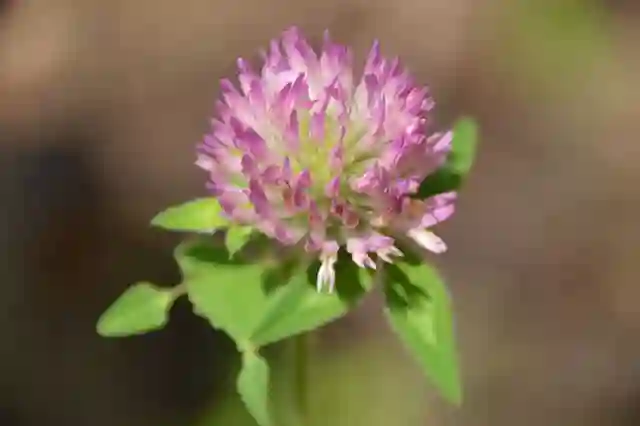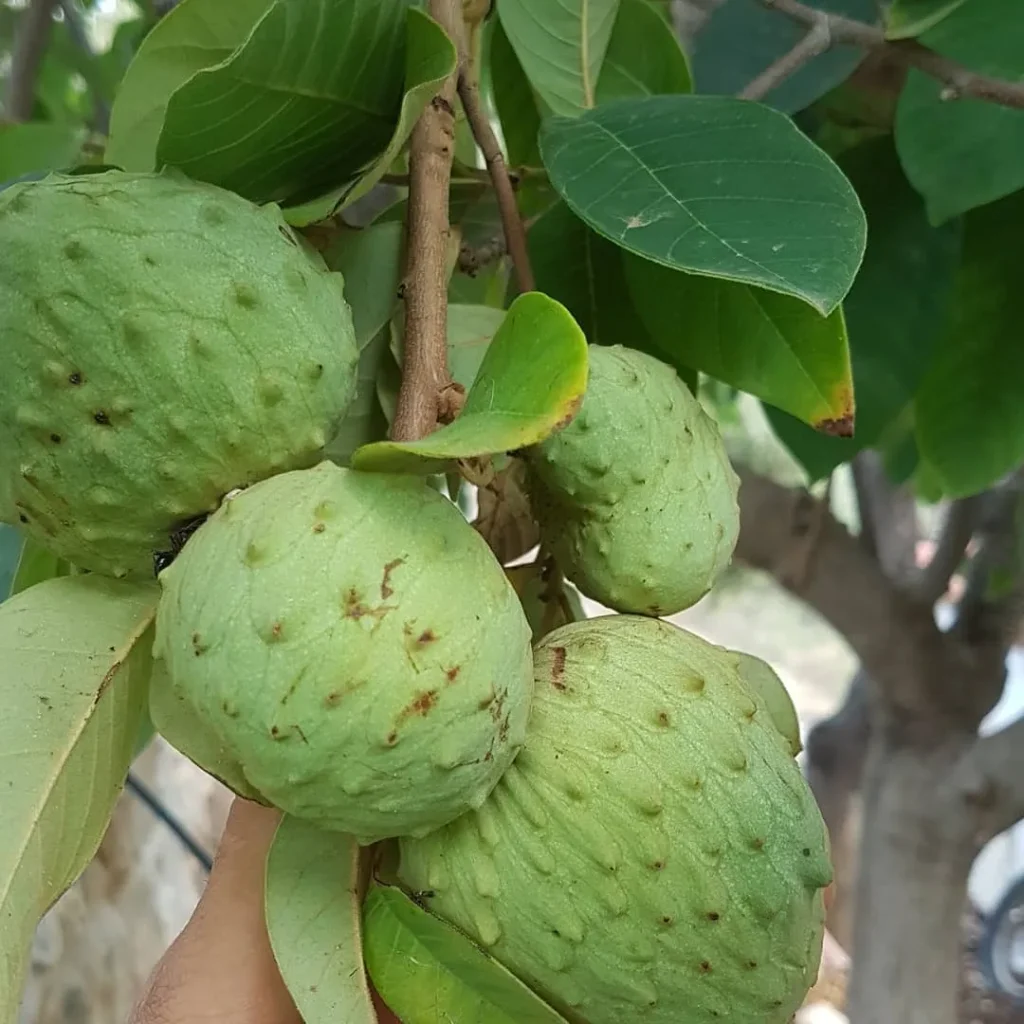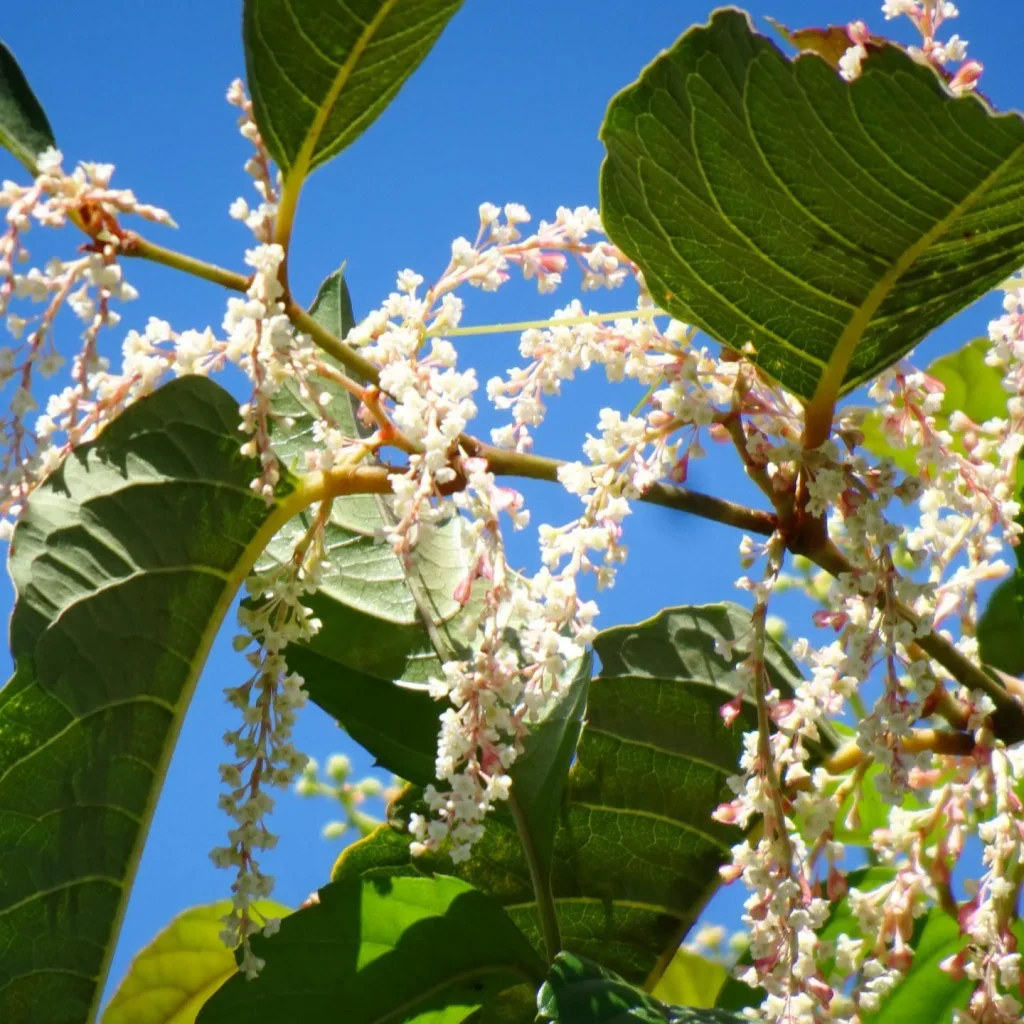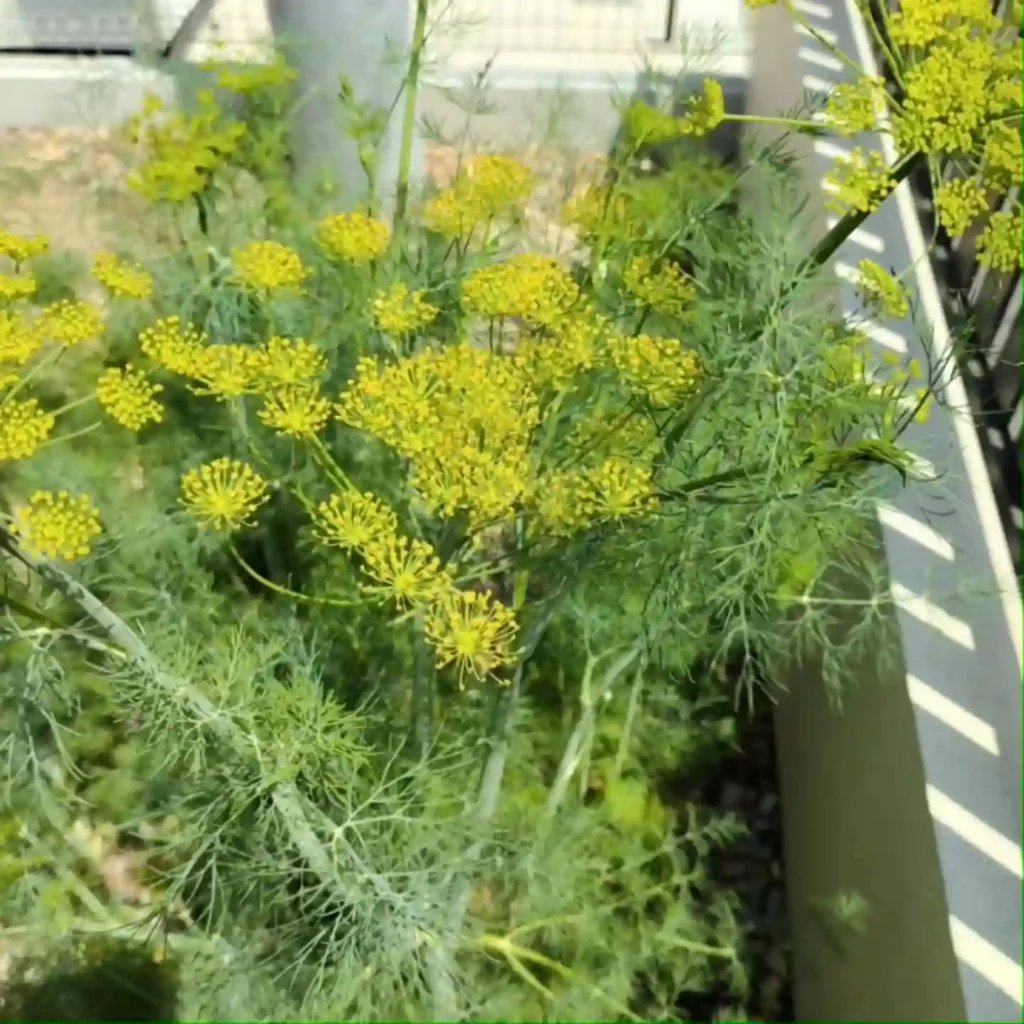My Adventures with the Fiery Costus: Chamaecostus Cuspidatus
For years, I’ve been fascinated by the world of medicinal plants. From the soothing properties of chamomile to the invigorating effects of ginseng, there’s a certain allure to natural remedies. Recently, I stumbled upon the intriguing Chamaecostus cuspidatus, also known as the fiery costus or insulin plant.
This herbaceous wonder, native to the rainforests of eastern Brazil, has captured the attention of herbal enthusiasts worldwide. Its vibrant green foliage and fiery red blooms are undeniably eye-catching, but it’s the purported health benefits that truly pique my curiosity.
What is Chamaecostus cuspidatus?
Chamaecostus cuspidatus is a perennial plant belonging to the Costaceae family. It boasts large, glossy leaves with a hint of purple on the underside, arranged in a captivating spiral pattern. The fiery red flowers, shaped like little torches, add a touch of exotic beauty.
Beyond its aesthetics, Chamaecostus cuspidatus has gained significant recognition for its potential role in blood sugar management. In India, it’s even nicknamed the “insulin plant” due to its traditional use in Ayurvedic medicine for diabetes.
How to Care for Chamaecostus cuspidatus?
If you’re considering adding this fiery beauty to your collection, here’s a quick guide to caring for it:
- Light: Chamaecostus cuspidatus thrives in filtered sunlight or partial shade. Direct afternoon sun can scorch the leaves.
- Water: Consistent yet moderate watering is key. Aim for moist but well-draining soil to prevent root rot.
- Soil: Opt for a rich, organic potting mix with good drainage. You can add perlite or coco coir for extra aeration.
- Temperature: This tropical plant prefers warm environments with temperatures ranging from 65°F to 80°F (18°C to 27°C).
- Fertilizer: During the growing season, a balanced liquid fertilizer applied once a month can boost growth. Ease off on fertilization during the winter months.
How to Propagate Chamaecostus cuspidatus?
Sharing the fiery charm of Chamaecostus cuspidatus is easy! Here are two methods for propagation:
- Division: Carefully divide established clumps during spring or fall. Ensure each new division has healthy roots and foliage.
- Stem Cuttings: Take stem cuttings around 4-6 inches long from a healthy plant. Remove the lower leaves and plant them in a well-draining potting mix. Maintain consistent moisture and provide indirect sunlight for successful rooting.
What to Plant with Chamaecostus cuspidatus?
Chamaecostus cuspidatus can be a stunning addition to container gardens or terrariums. Here are some compatible companions:
- Ferns: Ferns with similar light and moisture requirements like Maidenhair fern or Bird’s Nest fern can create a lush, tropical feel.
- Begonias: Shade-loving Begonias with colorful foliage can add a vibrant contrast to the fiery red flowers.
- Peace Lily: The elegant Peace Lily thrives in similar conditions and complements the architectural form of Chamaecostus cuspidatus.
Potential Benefits of Chamaecostus cuspidatus
The traditional use of Chamaecostus cuspidatus for blood sugar management has sparked scientific interest. Early research suggests potential benefits in regulating blood sugar levels, but more studies are needed to confirm its efficacy and safety.
Here are some initial findings to consider:
- Blood Sugar Control: Studies on animals suggest that Chamaecostus cuspidatus extracts may help lower blood sugar levels. However, human trials are necessary to establish its effectiveness in managing diabetes.
- Antioxidant Properties: Research indicates that Chamaecostus cuspidatus possesses antioxidant properties that may benefit overall health.
Is it safe to take Chamaecostus cuspidatus with Metformin?
Important Disclaimer: I am not a medical professional, and this article is not intended as medical advice.
If you have diabetes and are considering using Chamaecostus cuspidatus, it’s crucial to consult with your doctor first. Chamaecostus cuspidatus may interact with medications like metformin, potentially leading to dangerously low blood sugar levels.
It’s always best to err on the side of caution and discuss any potential herbal remedies with your healthcare provider to ensure they align with your existing treatment plan.
My Final Thoughts
The fiery costus, Chamaecostus cuspidatus, is a captivating plant with intriguing potential health benefits. While the initial research on blood sugar management is promising, more studies are needed to solidify its role in diabetes management.
If i die, water my plants!



